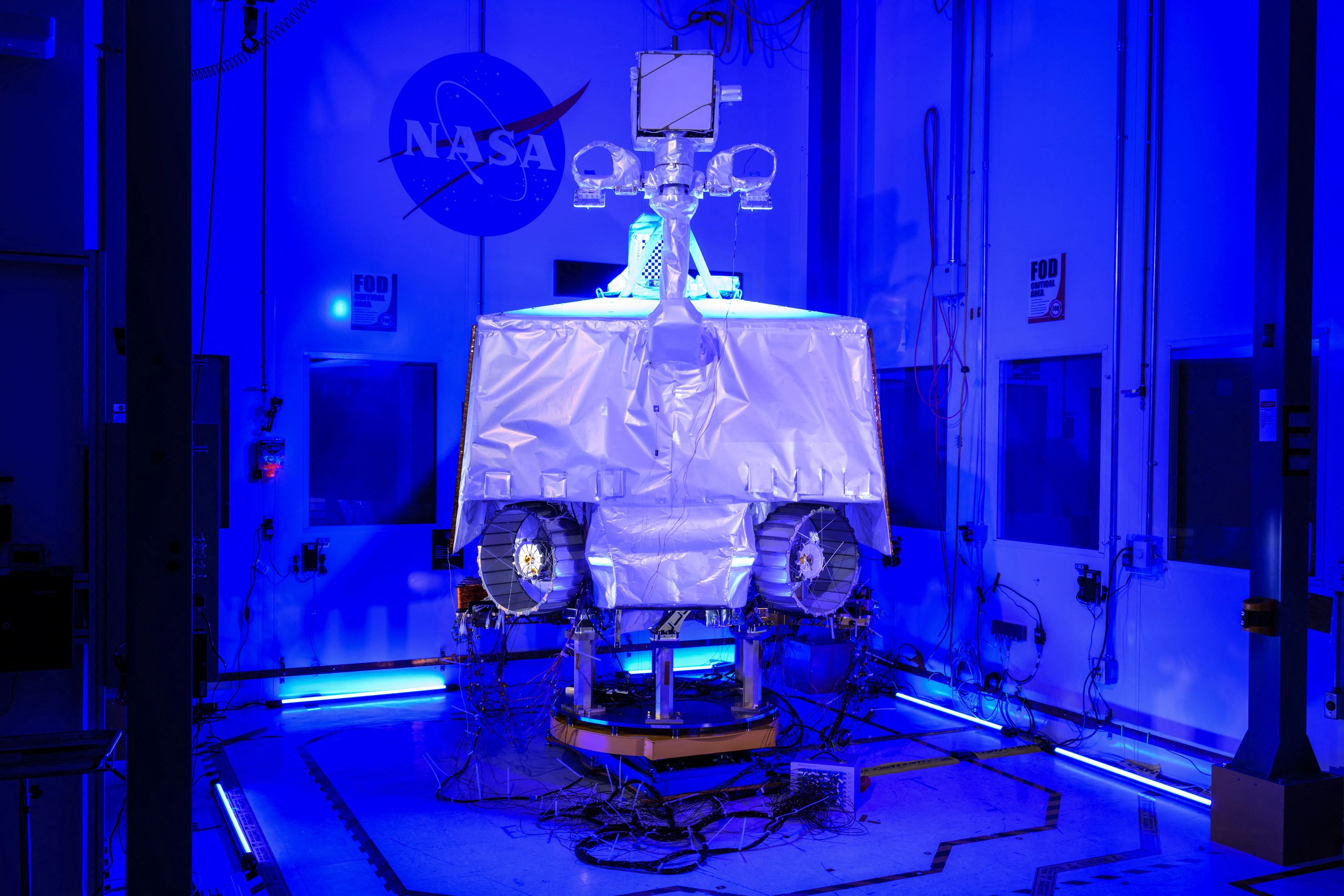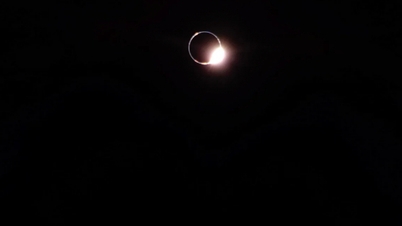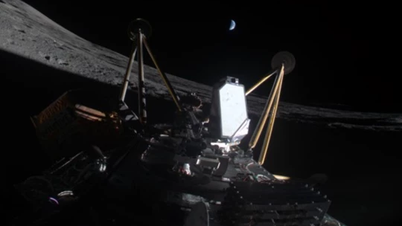
The VIPER probe is assembled at the Johnson Space Center in Houston, Texas.
The US National Aeronautics and Space Administration (NASA) announced on July 17 that it had canceled a lunar probe development program despite spending $450 million, citing cost overruns and multiple delays.
The decision is a major setback for NASA's lunar exploration program. According to AFP, the VIPER project was intended to explore the moon's south pole in search of ice and other resources, paving the way for the Artemis mission to send humans to the moon.
Nicky Fox, an official at NASA's science mission division, acknowledged that decisions like these are never easy. "But in this case, the additional money spent on VIPER would have resulted in the cancellation or disruption of other missions," she said.
The mobile robot that NASA hopes will enter hidden craters on the moon where ice deposits have existed for billions of years was originally scheduled to launch in 2023.
But in 2022, NASA decided to delay the launch until late 2024 to allow more time for pre-flight testing of the Griffin lander, which is being provided by Astrobotic under the Commercial Lunar Payload Services (CLPS) program, a public-private partnership.
The launch was then pushed back to September 2025, while the cost was expected to rise to $609.6 million.
Artemis - NASA's new moon mission - why is it important?
Joel Kearns, associate administrator for exploration in NASA's science mission directorate, added that the US Congress has been informed of the latest decision.
The probe is “fully assembled,” but has yet to undergo a number of tests to certify that it can withstand launch, spaceflight and extreme temperature conditions, according to Kearns.
However, he said the probe could still be reused on future missions, either in whole or in part, if NASA could reach suitable agreements with interested partners.
Mr. Kearns stressed that despite the setback, the United States will not fall behind in the space competition with China. In June, China successfully returned the first samples from the far side of the moon.
Source: https://thanhnien.vn/nasa-huy-du-an-tau-tham-do-mat-trang-du-da-chi-hang-tram-trieu-usd-185240718072113664.htm







![[Photo] Prime Minister Pham Minh Chinh chairs conference on anti-smuggling, trade fraud, and counterfeit goods](https://vphoto.vietnam.vn/thumb/1200x675/vietnam/resource/IMAGE/2025/5/14/6cd67667e99e4248b7d4f587fd21e37c)













![[Infographics] Vietnam re-elected Chairman of the World Customs Organization's Standing Technical Committee](https://vphoto.vietnam.vn/thumb/402x226/vietnam/resource/IMAGE/2025/5/14/ae5e22967ce14621b808fd71d3308f63)















































































Comment (0)